© Rimma_Bondarenko | Getty Images
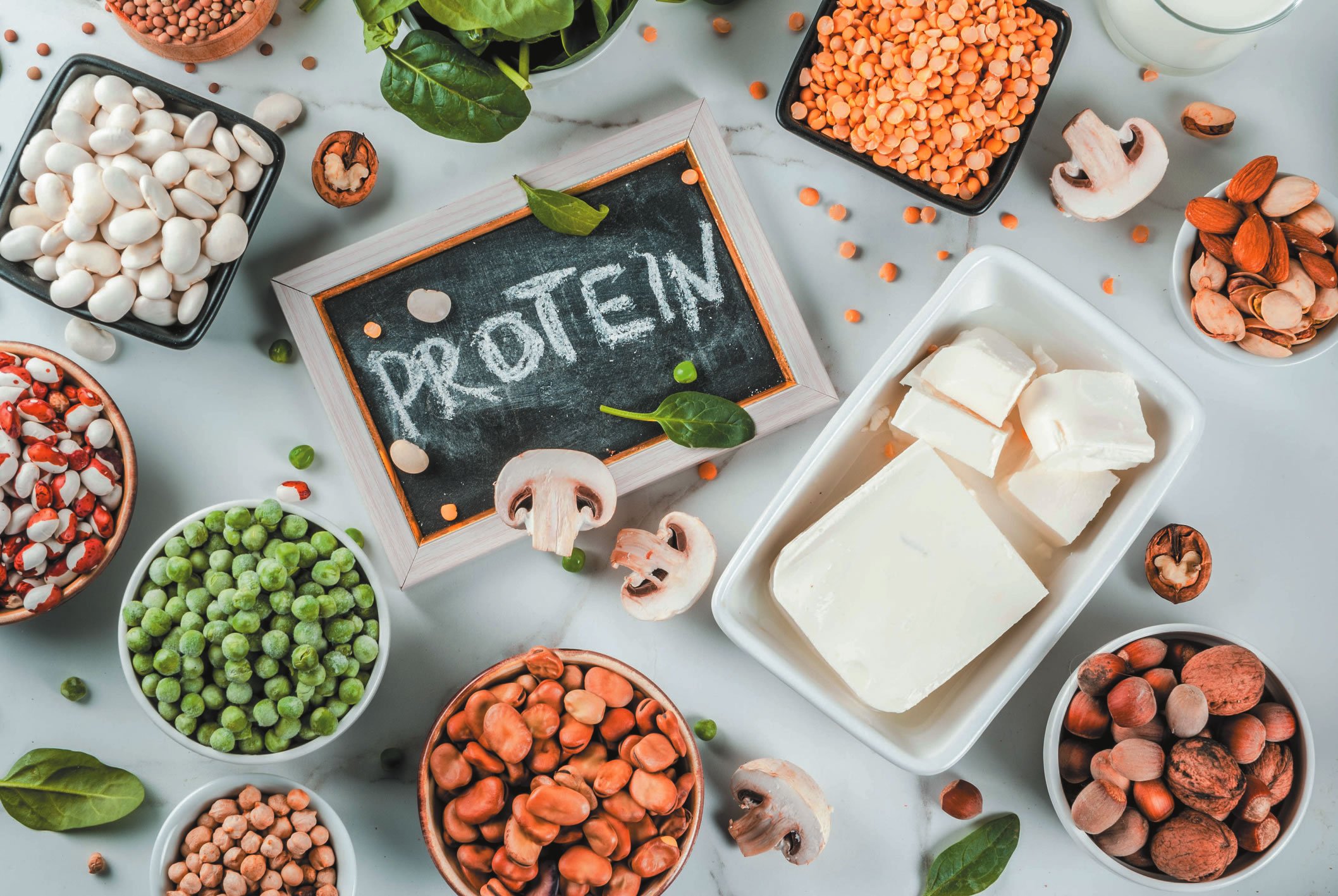
Eating more plant foods is associated with longevity and reduced risk for most chronic diseases, including heart disease and type 2 diabetes. Plant foods (such as whole grains, beans, fruits, vegetables, nuts, and seeds) are rich in health-promoting nutrients and compounds like vitamins, minerals, fiber, and phytochemicals. But plants can also be a good source of protein.
What is Protein? Proteins are found in the cells and tissues of all living things. They are chains of amino acids, molecules that are involved in a variety of biological functions. There are 20 amino acids, nine of which cannot be synthesized in the human body and must be acquired through diet. These are known as essential amino acids. Animal sources of protein (and a select few plant proteins including soy and quinoa) are considered “complete” in that they contain adequate amounts of all the essential amino acids the human body needs. Most plant foods are considered “incomplete” proteins, because they typically have low levels of, or are missing, one or more of the essential amino acids. For example, grains are low in the amino acid lysine, but have adequate methionine. Legumes (beans, lentils, chickpeas, peas, and peanuts), on the other hand, contain adequate lysine, but are low in methionine. Thus, a dietary pattern that includes both whole grains and legumes will provide a sufficient amount of all essential amino acids. Although it was once thought that complementary foods like these needed to be consumed at the same time, it is now understood that eating a variety of plant foods throughout the day can provide all the amino acids the body needs.
Most Americans get plenty of protein in their diets. “For the most part, given the foods commonly available, protein intake is not a major concern in the U.S., even if someone follows a plant-based diet,” says Alice H. Lichtenstein, DSc, director of Tufts’ HNRCA Cardiovascular Nutrition Laboratory and executive editor of Tufts Health & Nutrition Letter.
A Plant-Based Diet: Typical plant-based diets are vegetarian (which includes dairy products and eggs along with plant foods) and vegan (which eliminates all animal products, including honey), but a “plant-based” diet can also be one that simply maximizes plant food intake and reduces animal proteins.
Not all plant-based dietary patterns are equally beneficial. Researchers from Tufts University recently published a study in The Journal of Nutrition which found that plant-based dietary patterns with high levels of minimally processed plant foods (like whole grains, beans, nuts/seeds, fruits, and vegetables) were associated with lower risk of all-cause mortality, but plant-based diets with low levels of these choices were not. “The key is to make sure you follow a ‘healthy’ plant-based diet rich in minimally processed foods, not one based on refined grains and highly processed junk food,” says Lichtenstein.
Research, including a 2018 study by Nielsen and colleagues in the journal Nutrients, has shown that meals based on plant protein sources like beans are just as filling and satisfying as meals containing animal proteins. For an entirely plant-based diet, eating a wide variety of plant foods assures that essential amino acid requirements are met.
According to a 2018 report by a global information company, consumer demand for plant-based protein is growing. Fourteen percent of U.S. consumers surveyed for the report indicated regularly consuming plant-based protein sources such as tofu and veggie burgers, even though the vast majority did not consider themselves vegan or vegetarian. Choosing plant-based proteins has a dietary impact beyond protein quality. “We don’t eat a food or group of foods just to get a single nutrient (like protein),” says Lichtenstein. “Replacing animal proteins with plant foods like beans, for example, increases intake of fiber, which is generally under-consumed in the American diet.”
Besides potential health benefits, going meatless just one day a week has the potential to reduce greenhouse gas emissions and contribute to the overall health of the planet.
© FotografiaBasica | Getty Images
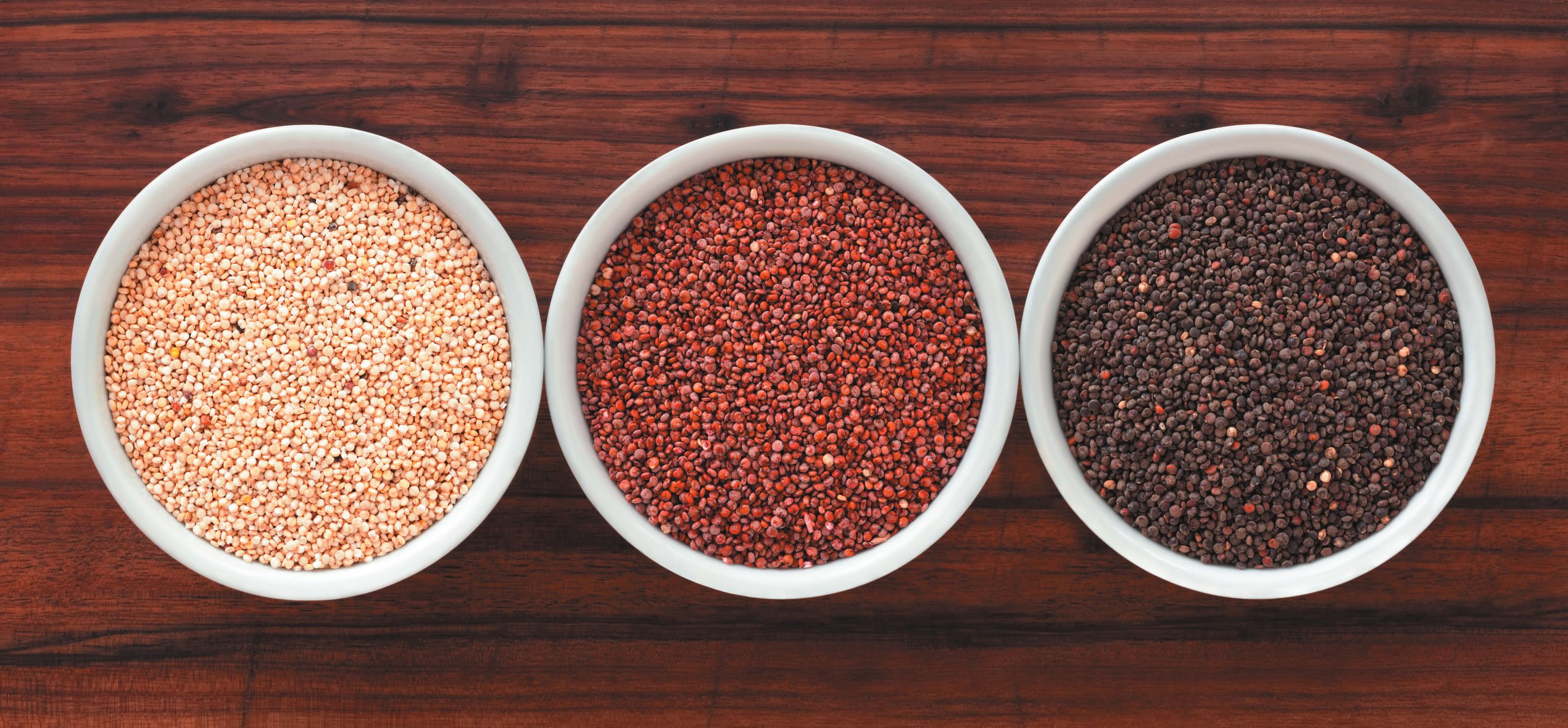
Plant Protein Sources: Since proteins are essential to all living things, every plant contains some protein.
-
Legumes (a broad category that includes all varieties of beans, lentils, chickpeas, peas, and peanuts) contain lysine, which is in short supply in many other plant foods. For those who choose to avoid or significantly reduce intake of animal foods, eating legumes daily supplies the needed amount of this amino acid. Just one half-cup serving of legumes can provide up to 10 grams of protein (along with a nice amount of fiber).
-
Whole Grains should not be ignored when considering dietary protein sources. Wheat, rice, corn, and oats are common grains in the American diet, but whole-grain choices like barley, buckwheat, millet, and teff, and a variety of whole wheat grains (like wheatberries, farro, and spelt) are increasingly available options. (Whole grains are recommended because they have more beneficial components, such as fiber, minerals, and vitamins, than refined grains.)
A cup of most whole grains will provide between six and 12 grams of protein, and whole-wheat pasta has seven grams of protein per one-cup serving. The combination of beans and grains (for example, rice and beans, pita bread and hummus, and lentils and rice) has historically provided high quality protein for cultures around the world.
- Nuts and seeds provide six to 12 grams of protein per quarter cup, and make great snacks or accompaniments to plant-based meals.
- Faux meats are becoming increasingly more available as consumers choose to eat more plant-based meals. While whole foods should be the bulk of one’s diet because they are the best source of nutrients and beneficial components like phytochemicals and fiber, meat substitutes can provide familiar tastes and textures in plant-based meals. Some meat alternatives are high in protein and may make predominantly plant-based meals more satisfying, but some are very high in sodium and even added sugar, so be sure to check the Nutrition Facts label. “One would need to assess each product on a case by case basis,” says Lichtenstein, “checking for levels of things like sodium and added sugar.” Options like tofu and tempeh are low-sodium, generally sugar-free, versatile meat replacement options.
© ansonsaw | Getty Images
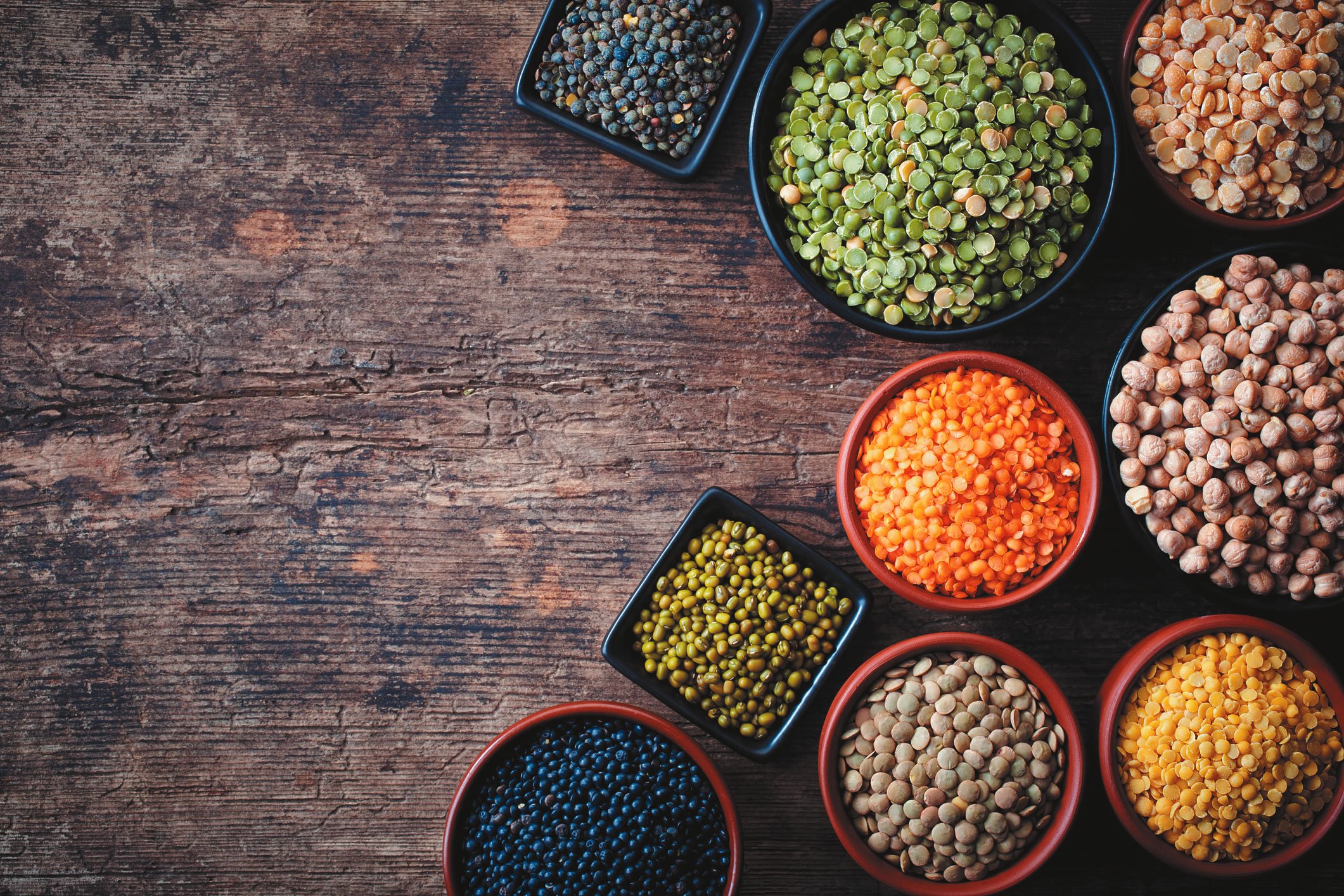
Animal foods, including meats, poultry, seafood, eggs, and dairy products, currently provide the bulk of Americans’ protein—and most people consume much more than they need. On the other hand, very few children or adults reach recommendations for daily servings of fruits, vegetables, whole grains, or fiber. Minimally processed plant foods that contain protein are also packaged with vitamins, minerals, fiber, and phytochemicals that are associated with a healthy diet pattern. So exchange some animal protein for plant proteins for a tasty and easy health boost.
Increase plant-food intake to support good health by choosing plant-based proteins instead of animal proteins.
–Eat legumes (beans, lentils, chickpeas, peas, and peanuts) regularly.
–Try quinoa. This versatile choice has all the essential amino acids.
–Add edamame. These immature green soybeans are tasty sources of complete protein.
–Check the protein content of plant milks. Except for soy and pea milks, plant milks are generally low in protein.
–Include nuts and seeds. A handful a day is associated with health benefits.
–Check out meat substitutes like tofu, tempeh, and seitan.
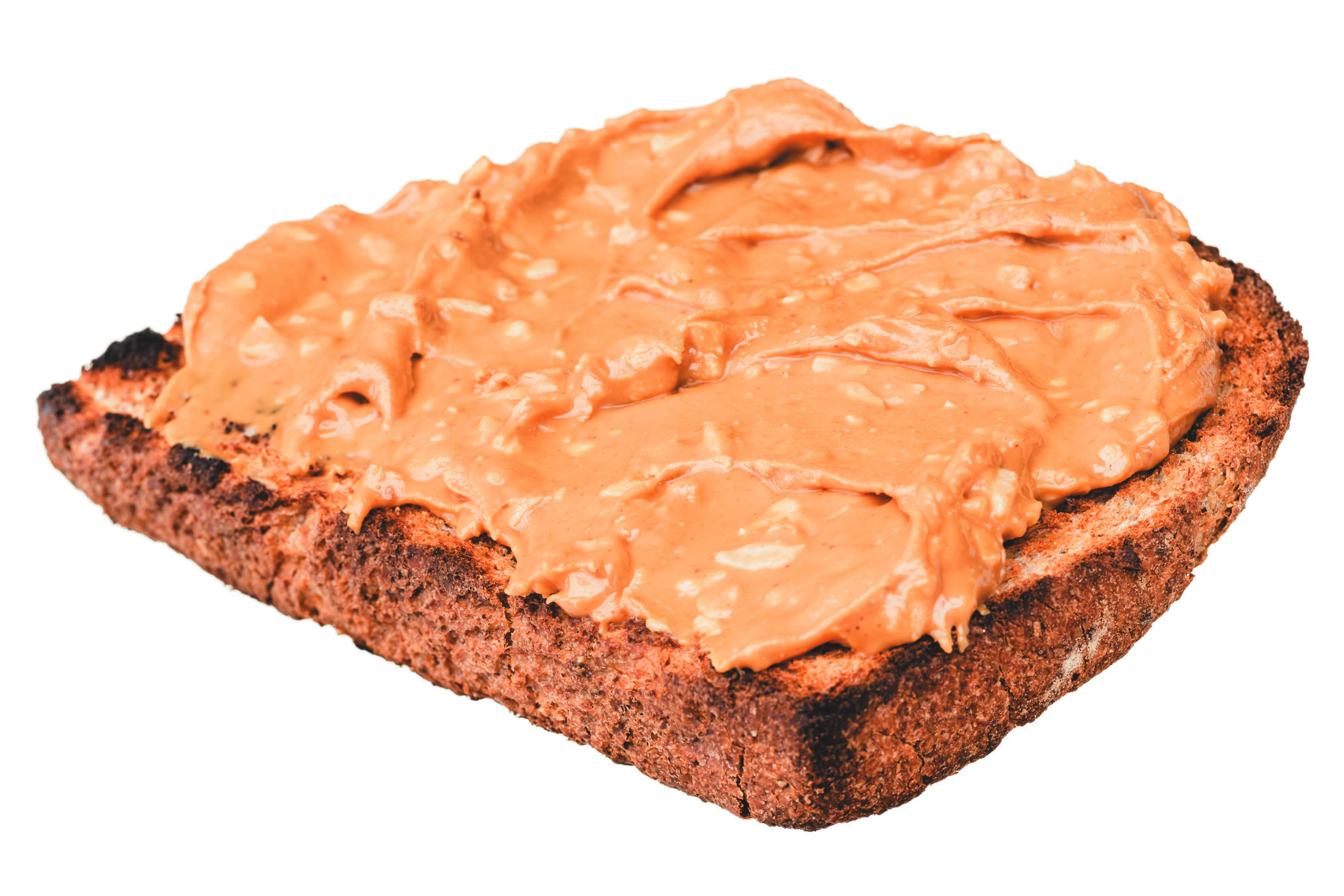
The Daily Value (DV) for protein, based on a 2,000 calorie diet, is 50 grams. While eggs, dairy, seafood, unprocessed meats, and poultry all provide protein, the examples below demonstrate that the DV can be reached using plant proteins alone. Round out these plant-based suggestions with fruits, vegetables, and unsweetened beverages:
With Breakfast
Oatmeal made from ½ cup oats; 1 cup soymilk
or
1 slice whole grain toast with 2 tablespoons nut butter
With Lunch
A grain salad that includes 1 cup wheatberries and ½ cup shelled edamame beans
With Dinner
½ cup quinoa or brown rice topped with a dish that includes 1 cup of beans, such as Mexican-style black beans, kidney beans in chili, or chickpeas in Indian or Mediterranean cuisine
With Snacks
¼ cup of almonds
or
¼ cup pumpkin seeds





















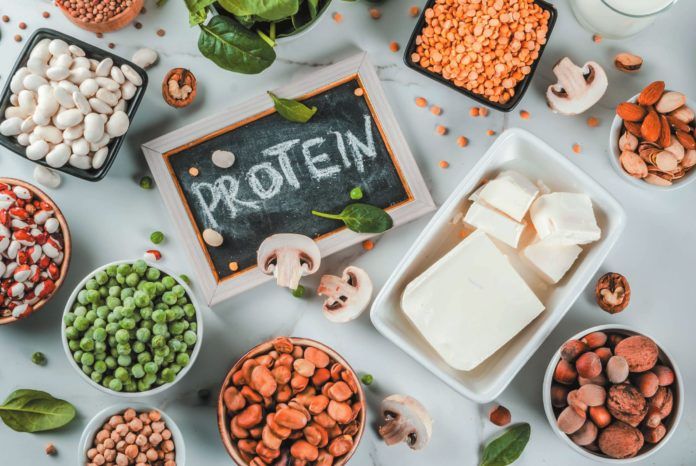
Where would white potato be put into any one of those regimens? Although it is a hyglycemic food, it has any highly needed, and valuable nutrients.